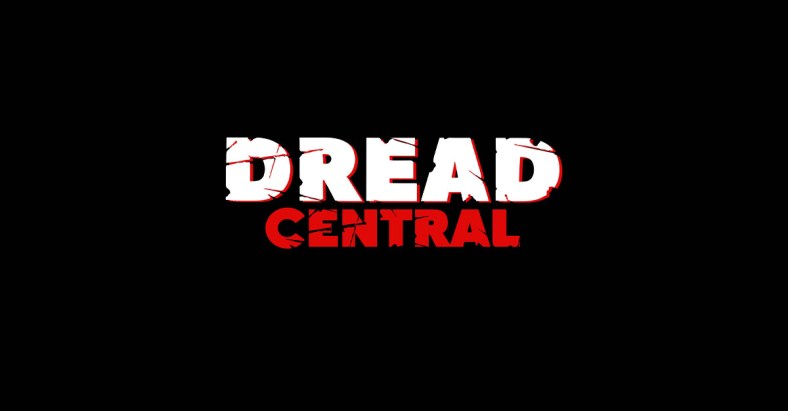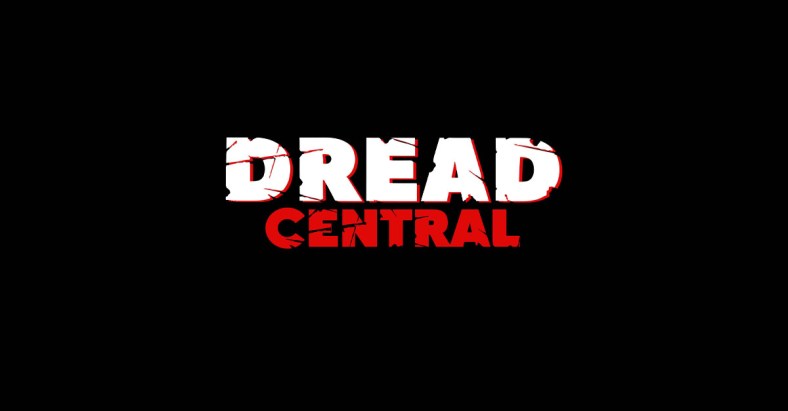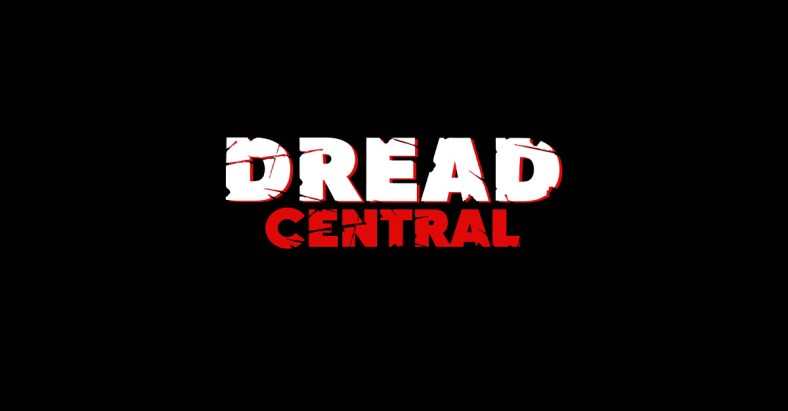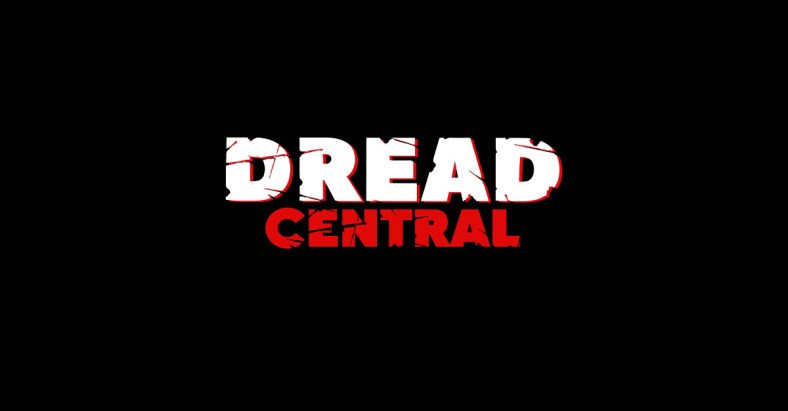Elegy – Is There an Exorcist in the House?


Photo: Jonathan McPhail
Passing by a Brooklyn bus shelter, I gaped at the twin jaws of two mighty Great Whites leaping from the ocean depths. The toothsome animals served as the advertising for Dimension Films’ upcoming 47 Meters Down, the latest summer shark movie. But can anything ever compete with Jaws, which set the killer fish standard 42 years ago?
Same goes for demonic possession movies. William Peter Blatty and William Friedkin’s The Exorcist (1973), despite an endless stream of sequels and ripoffs and TV spinoffs, still remains the gold standard of this subgenre that all pretenders to the throne must be compared against. We know the recipe for this brand of pea-soup by heart, and the shock, surprise and suspense dissipated long ago. (At the same time, Cinemax’s “Outcast” series, thanks to its unorthodox approach to the possession formula, kept me transfixed last year.)
Exorcist shenanigans have also been a staple of cheesy reality show specials and documentaries. That’s why it refreshing to report that Federica Di Giacomo’s Deliver (a.k.a. Liberami and Deliver Us) proves to be the chilling exception. The award-winning feature doc, which will play the Film Society of Lincoln Center and Istituto Luce Cinecittà’s Open Roads: New Italian Cinema festival on Sunday, June 4, unflinchingly follows the devil-vanquishing efforts of Sicilian priest Father Cataldo. As Giacomo’s camera captures, the much-sought-after veteran exorcist appears to be in the midst of a demonic possession epidemic in his sleepy southern Italian town. In this exclusive interview, Giacomo talks about her interest in the subject matter and why Father Cataldo has the “Rite Stuff.” (Besides Lincoln Center, Deliver Us will also hit Montreal’s Fantasia Film Festival this summer and drops on disc and VOD from Uncork’d Entertainment in October.)
TONY TIMPONE: What attracted you to this subject matter?
FEDERICA DI GIACOMO: I found myself in Sicily and was looking for stories about obsessions in times of economic crises and I came across the news of a training course for regional exorcist priests. It seemed absurd enough to me to try to understand it better.
TT: How did you find Father Cataldo?
FD: One of the first troubled people that I met told me that during the summer the exorcist of her diocese was not there, so seeking liberation, some people jumped in a car to go to Palermo where there was a particularly charismatic exorcist. That’s how I arrived at Father Cataldo.
TT: What made him be so open about having cameras follow him?
FD: In the beginning, both the priests and the people were very wary. We had to take part in services for months to obtain permission from the Bishop who convinced Father Cataldo of the seriousness of our project. But in a certain sense, those who do this difficult work every day also feel a need to talk about it openly.

TT: William Friedkin once said that he didn’t want The Exorcist to serve as a commercial for the Catholic Church. Did you have the same concern for your film?
FD: My intent was to show an increasingly widespread reality of which we know very little of if not through the symbolic imagination conveyed by films. I wanted to show how the practice of exorcism has become part of everyday life. More to question than to provide answers. That is exactly the opposite of what a commercial does.
TT: Why the explosion in demonic possessions?
FD: It is a very complex theme, but the Church is creating a new form of therapy, accessible to everyone and free of cost. This, together with the fact that spiritual search is something that is part of human nature, is creating a new social phenomenon. But this increase is accompanied by an equal increase in satanic sects and the spreading of magic in every level of society.
TT: Is Italy “ground zero” for demonic possessions?
FD: From what I have seen, it is something that cuts across all ages and genders, social or cultural levels, and is widespread across the world. During the training, we spoke with priests from America, South America, the Philippines and many other countries.
TT: How did you get so close to your possessed subjects to win their trust?
FD: It was long and difficult [process] to get close to them where our will to understand faced the doubts that both the priests and the troubled people were facing on such a mysterious journey. Their self-irony has allowed us to represent them in a non-rhetorical way.
TT: Why did you use a largely “shoot from behind” style?
FD: This is the method that better allows me to completely immerse the viewer in a world that’s apparently far away, with its complex meanings and deeper levels of reality, less rational.
TT: Are you a believer in demonic possession, or do you think these cases are more a case of mental illness?
FD: The priests themselves say that cases of real possession are very rare. I was more interested in why many people close to all of us, with symptoms that are not easily understood, end up at an exorcist.
TT: There are some very scary and creepy moments in the film. Were you frightened at all while shooting? And if so, describe the moment.
FD: I was only scared before seeing the first exorcism. Then, reality slowly overtook imagination and the fear was replaced by the attempt to understand the human suffering and the interpretive context proposed by the Church. However, after shootings, the whole crew needed long chats to relieve the tension.
TT: While shooting your doc, were there any demonic possession cases that Father Cataldo worked on that were frauds?
FD: Even when we had doubts that some things were staged to obtain the attention of the priest, this seemed even more important considering society’s take on concepts as care and illness.
TT: Was Father Cataldo and the possessed people at your Venice premiere? If so, what did they think of the film?
FD: Only one character from the film came to Venice, but everyone else saw the movie a week later in Palermo, and they thanked us for the truthfulness of the film, especially Father Cataldo.

TT: Has Father Cataldo seen The Exorcist and if so, what did he think of it and the way Hollywood portrays this phenomenon?
FD: During training courses, The Rite with Anthony Hopkins is often shown, but it is frequently welcomed with irony because the priests feel it’s very distant from their daily work. Cinema, in this case, has had an incredible influence in creating a symbolic image that however also created stereotypes in which people don’t find or recognize themselves.
TT: The “Exorcism Convention” at the end is pretty funny. Did you immediately feel the humor and craziness of the event while filming?
FD: That was the outset of the film. The contrast between the concept of the Devil, so ancient and biblical, and the today’s perpetual formation seemed to me right away an interesting way to show the madness of our times.
TT: Friedkin himself just directed a documentary film [The Devil and Father Amorth] about a similar exorcist. Why all the interest in possession cases, both fictional and non-fictional?
FD: I think that possession, like disassociation, is something that reflects our times much more than we think.
TT: How did it feel winning that top prize in Venice last year?
FD: The fact that the film with the smallest budget in competition, that was also a documentary, won the festival was extraordinary. It made me reflect that risking everything and persisting till the end was worth the three years of work.


Categorized:News Tony Timpone's Elegy

